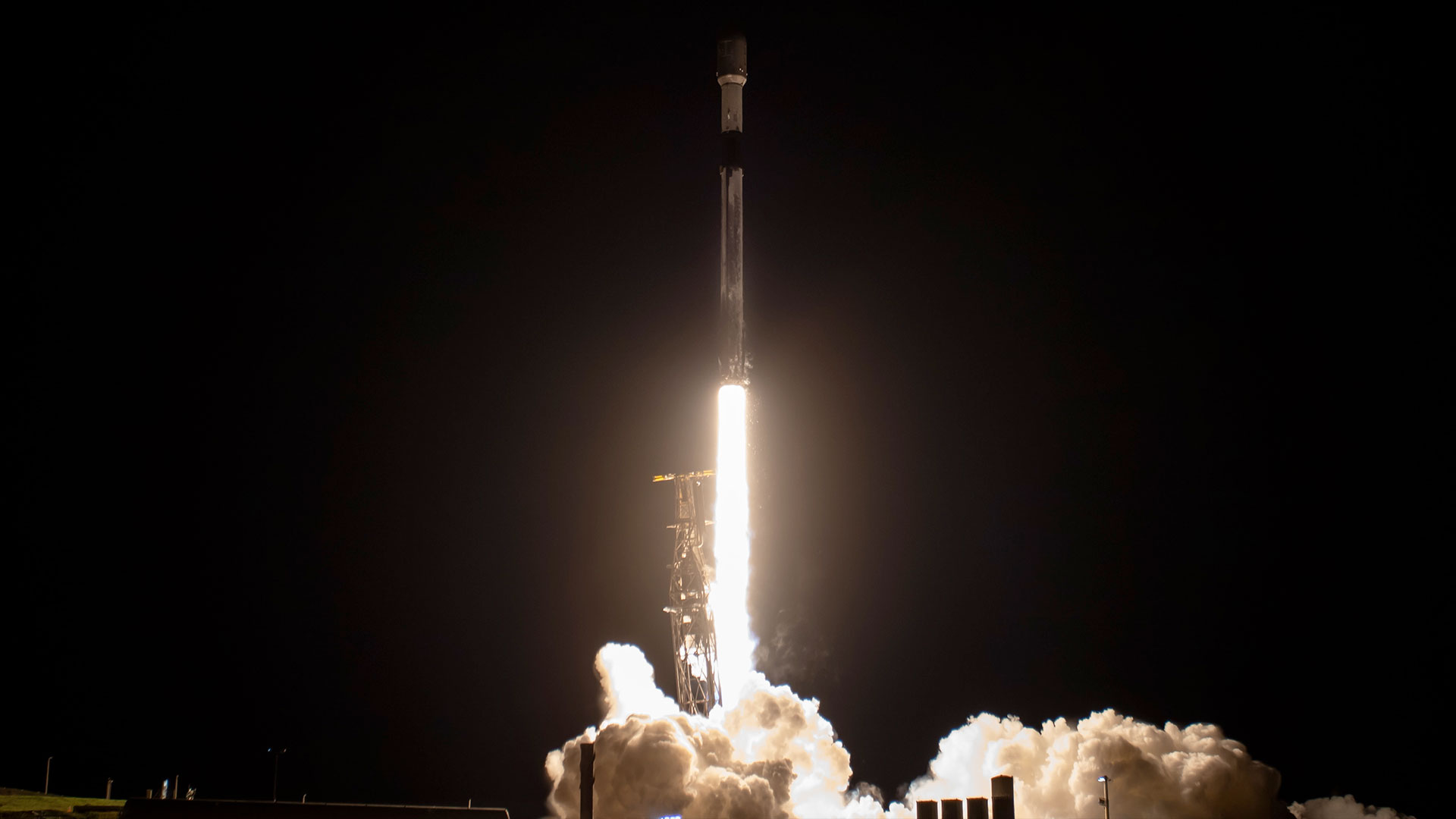Moon exploration site preservation remains uncertain as Artemis era begins

With NASA's Artemis 1 mission launching to the moon this month, Space.com is taking a look at what we know about the moon and why we care. Join us for our Moon Week special report in the countdown to Artemis 1.
Lunar exploration is often described, even in the moment, with the lofty language of history books and the achievements of humanity. And with good reason — each new mission to the moon presents the possibility of ground-breaking discovery and historic firsts. But without care, lunar missions could also endanger the historic sites of prior human exploration.
When Artemis 1 launches next week, initiating a string of missions to the moon and beyond, it will do so honoring the principles of the Artemis Accords. The accords are the first multinational agreement to acknowledge the historical value of sites of space exploration, and the 21 signatories to date commit to developing practices and rules to protect that heritage — but the accords don't implement any specific rules to protect lunar sites.
From a practical standpoint, preserving sites like Apollo 11's Tranquility Base would help to maintain an accurate historical record for generations to come, but "there's a much more emotional aspect of it as well," said Michelle Hanlon, co-director of the Air and Space Law program at the University of Mississippi and president of For All Moonkind, an organization that promotes preservation of human heritage sites on the moon.
Related: The weirdest things Apollo astronauts left on the moon
"Every lunar landing is the result of millenia of people and cultures," Hanlon told Space.com, "Those objects on the moon cap our entire species' achievement, and it would be such a shame to lose that."
With For All Moonkind, Hanlon has worked to have lunar exploration sites recognized specifically as heritage sites. On Earth, the United Nations recognizes world heritage sites. Countries typically nominate sites within their own territory that present some "outstanding universal value" to future generations. This standard is difficult to follow in outer space, where even a non-operational probe or lunar lander might be recognized as property, but a plot of land on the moon cannot be considered territory and astronaut bootprints or rover tracks have no clear protections either. Under the terms of the 1967 Outer Space Treaty, nations are not allowed to claim territory on the moon.
Breaking space news, the latest updates on rocket launches, skywatching events and more!
While the Artemis Accords, which were launched in 2020, do not include specific protocols or procedures for protecting or avoiding existing heritage, the lunar base for Artemis missions will be established near the moon's south pole, relatively far from any sites of historical interest.
"The first way to protect is to avoid," Hanlon said. "We don't have the technology to get close without destroying [heritage sites] at this point."
In addition, the U.S. government recently acknowledged the historical value of space exploration sites on the moon with the One Small Step Act on the last day of 2020. The law specifically protects the Apollo landing sites from future exploration by NASA and NASA contractors, following 2011 guidelines from NASA which recommend an "exclusion zone" within a 1.2 mile (2 kilometers) radius around lander sites.
Today there is a lot of moon left to investigate — the surface area of the moon is roughly 14.6 million square miles (38 million sq. km). But on a historical time scale, especially if the rate of lunar exploration increases and private industry joins the endeavor, hundreds or thousands of self-proclaimed safety zones of varying sizes could begin to crowd future missions out of areas of special interest.
Related: Every mission to the moon
Taking what she called a controversial position, Hanlon said that in the end, not all sites should be protected, even if the responsible space agency considers the mission a milestone. As a starting point for international agreement, she suggests the landing and impact sites of the U.S. Apollo 11 mission that brought the first humans to the moon, the Soviet Luna 2 that executed the first successful lunar landing, and China's Chang'e 4 with its Yutu 2 rover, which are the first spacecraft to explore the far side of the moon.
Not everything at an otherwise protected site might be considered worth saving either. Human waste and jettisoned equipment could be historically important in one context, or merely contaminated material and space litter in another. If another golfer ever visits to the moon, should Apollo 14 astronaut Alan Shephard's golf balls be left alone, picked up or played where they lie? Critically, none of these judgments should be made unilaterally, said Hanlon.
— Why we're always so entranced by the moon
— As NASA nears return to the moon with Artemis program, lunar scientists' excitement reaches fever pitch
— The moon's far side could offer a view of the universe even deeper than the James Webb Space Telescope
— Moon vs. Mars: NASA's ultimate destination has varied over the decades
The simple declaration of the existence and value of human heritage in space is a recent development. The details of which places or objects are worth protecting and the best ways to preserve them all remain largely up for debate and scientific determination.
In time, the requested protective perimeters around heritage sites might be adjusted or new unforeseeable technologies could help protect the moon's surface. Or the discovery of valuable resources near a heritage site could prompt the space community to reconsider relocating high-priority artifacts.
So while the goals of space heritage preservation may be long-term, "anything we think about in space has to be short-term and flexible," said Hanlon.
NASA's Artemis 1 mission to the moon will launch on Monday (Aug. 29) during a two-hour window that opens at 8:33 a.m. EDT (1233 GMT). You can watch live launch coverage courtesy of NASA and follow Space.com's live updates on the mission.
